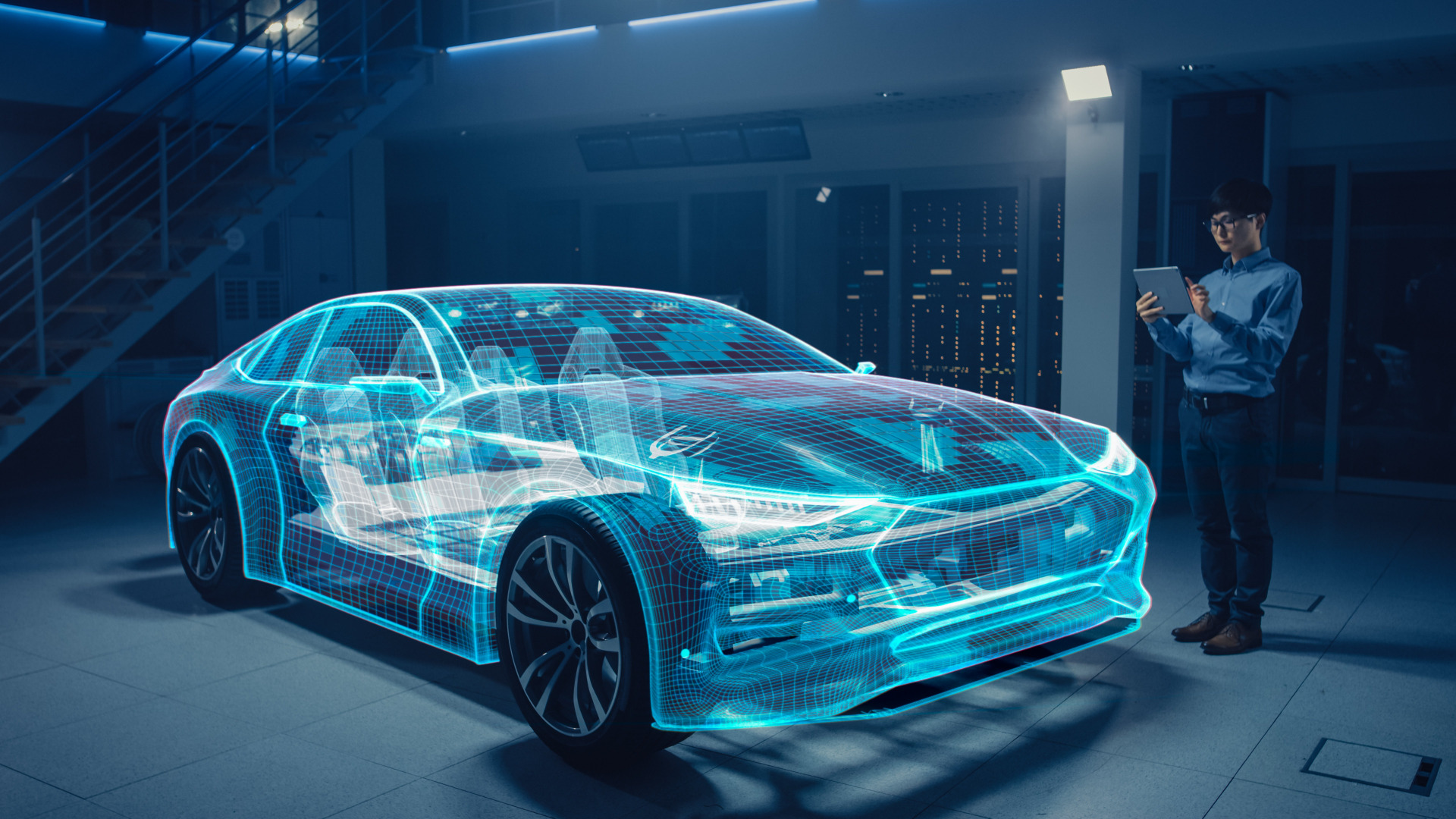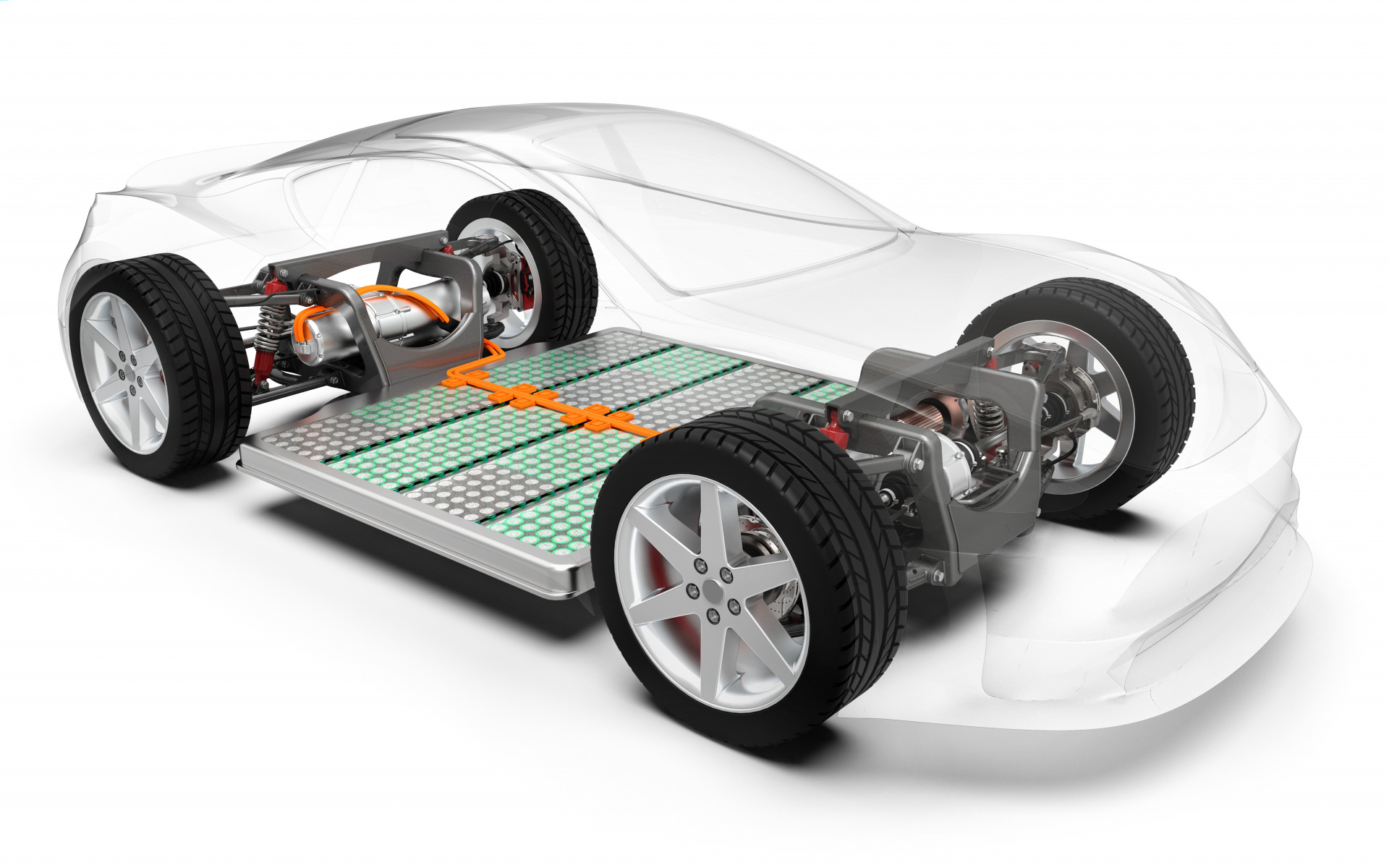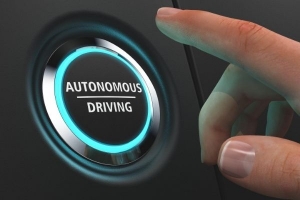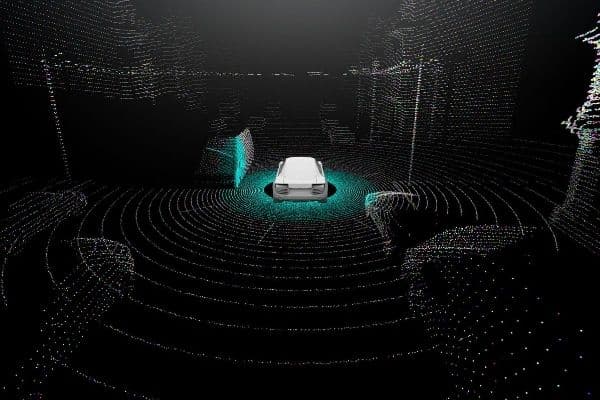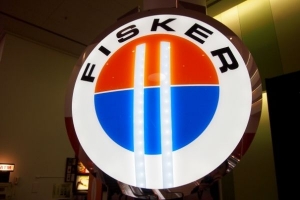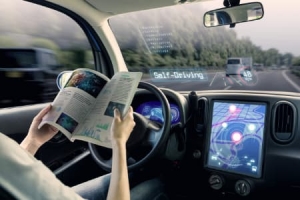Patent Insight of China’s Future Car Makers
The future car is the hottest topic in the automotive market in recent years, which can be roughly divided into four technical fields: Connected Car, Autonomous Car, Sharing Car, and Electric Car, in sum, CASE[1] technology. To understand the world's future car development, we cannot ignore China, which has the largest automobile production. Figure 1. Investment relationship of the Chinese automotive industry As shown in the investment relationship of the Chinese automotive industry in Figure 1, it includes investments, joint ventures, and cooperation between China's large traditional automakers (yellow blocks), large technology companies (purple blocks), and China's new automakers (green...
View all